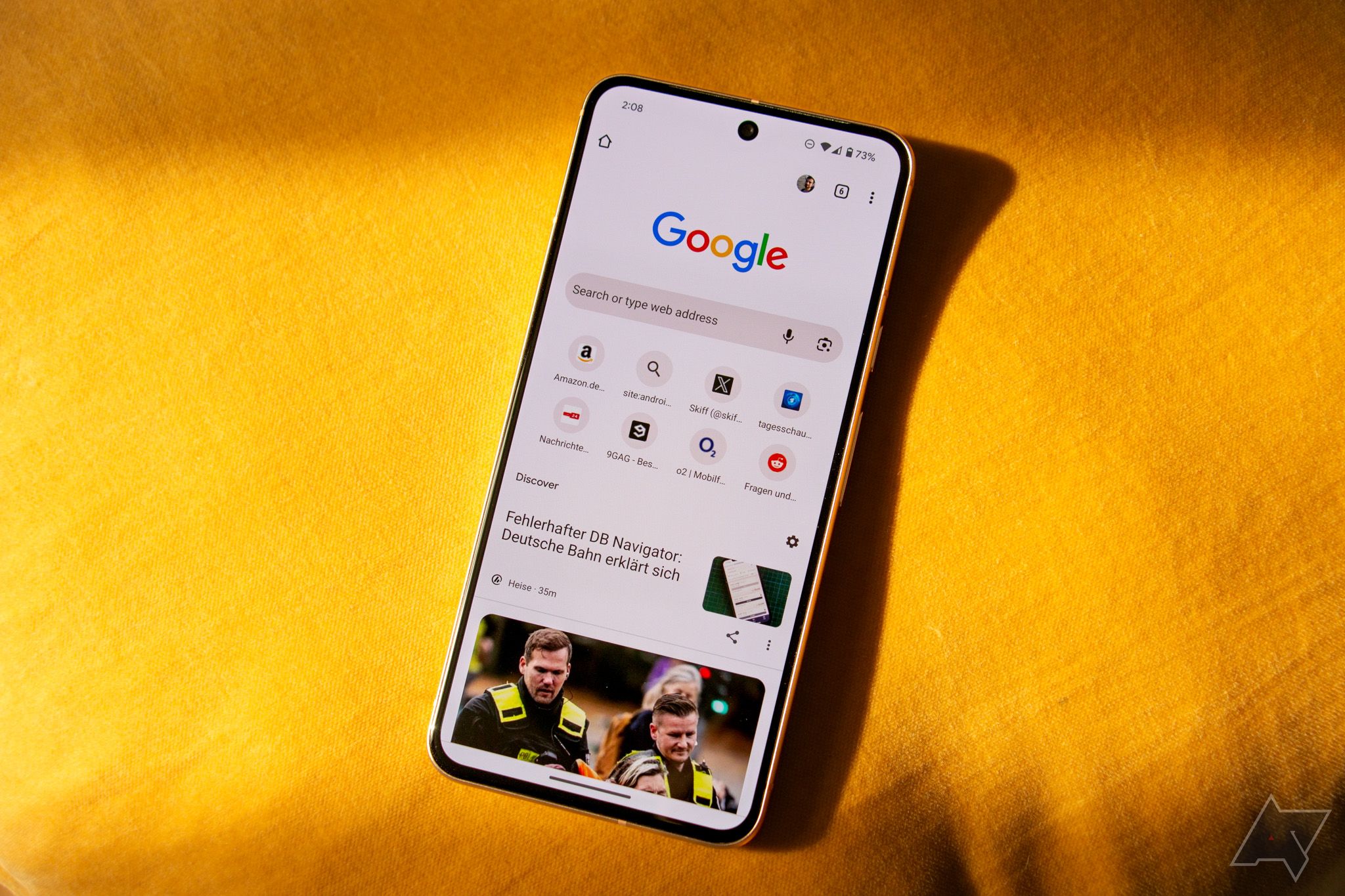Summary
- Google is working on a lighter version of Fuchsia OS to run on a virtual machine on Android.
- Fuchsia OS has already been deployed on devices like the first-generation Nest Hub.
- Google’s microfuchsia project aims to make Fuchsia OS bootable on devices through virtualization, expanding its potential use cases.
While Android and ChromOS have long been the flagship operating systems of Google, the tech giant has been developing another OS called Fuchsia OS since 2016. This new operating system, which made its debut on the first-generation Nest Hub in 2021, is apparently set to step out of the shadows and into the limelight of Google’s future devices.
Related
Android 15: Leaks, timeline, and everything new in Beta 3
Here’s what we know about Android 15 now that the next beta has landed
Reporting for the Android Authority, Android expert Mishaal Rahman discovered that Google developers are working on a stripped-down version of Fuchsia OS that runs on a virtual machine on Android devices. Yet, Fuchsia OS functionality in Android devices is a mystery, but it could have something to do with efficiency and flexibility.
Fuchsia OS could make future Android versions more efficient and secure
Despite being an open-source operating system, Fuchsia OS isn’t built on the Linux kernel. Instead, it’s built based on Zircon, which is a microkernel. As Google says, the microkernel architecture could “reduce the amount of trusted code running in the system” and bring a new level of security and stability to the system.
While it’s unlikely that Fuchsia OS will replace Android or ChromeOS, it could be deployed by Google as an alternative to microdroid. Microdroid, a lighter version of Android designed to run on on-device virtual machines, could potentially be replaced by Fuchsia OS for more efficient and secure workload performance.
In April of this year, Google initiated a new project called microfuchsia. This project aims to make Fuchsia OS bootable on devices through virtualization, which could significantly expand the potential use cases of Fuchsia OS. The recent patches submitted to the Android Open Source Project (AOSP) contain some references to the microfuchsia project, indicating ongoing development and integration efforts.
Speaking of virtual machines on Android, Google has already showcased ChromeOS on a Pixel device under the name Ferrochrome to boast Android 15 virtualization capabilities. While Google later said the Ferrochrome project was just a proof of concept, the company was recently spotted having an app called “Ferrochrome launcher” under development. Google’s experiments with virtualization on Android is expected to continue with Fuchsia OS.
It remains to be seen how Google wants to deploy Fuchsia OS and what role it plays in the Android and ChromeOS future developments. But it’s safe to assume that Fuchsia OS is here to leave its impact on the next releases of Google-designed operating systems.


